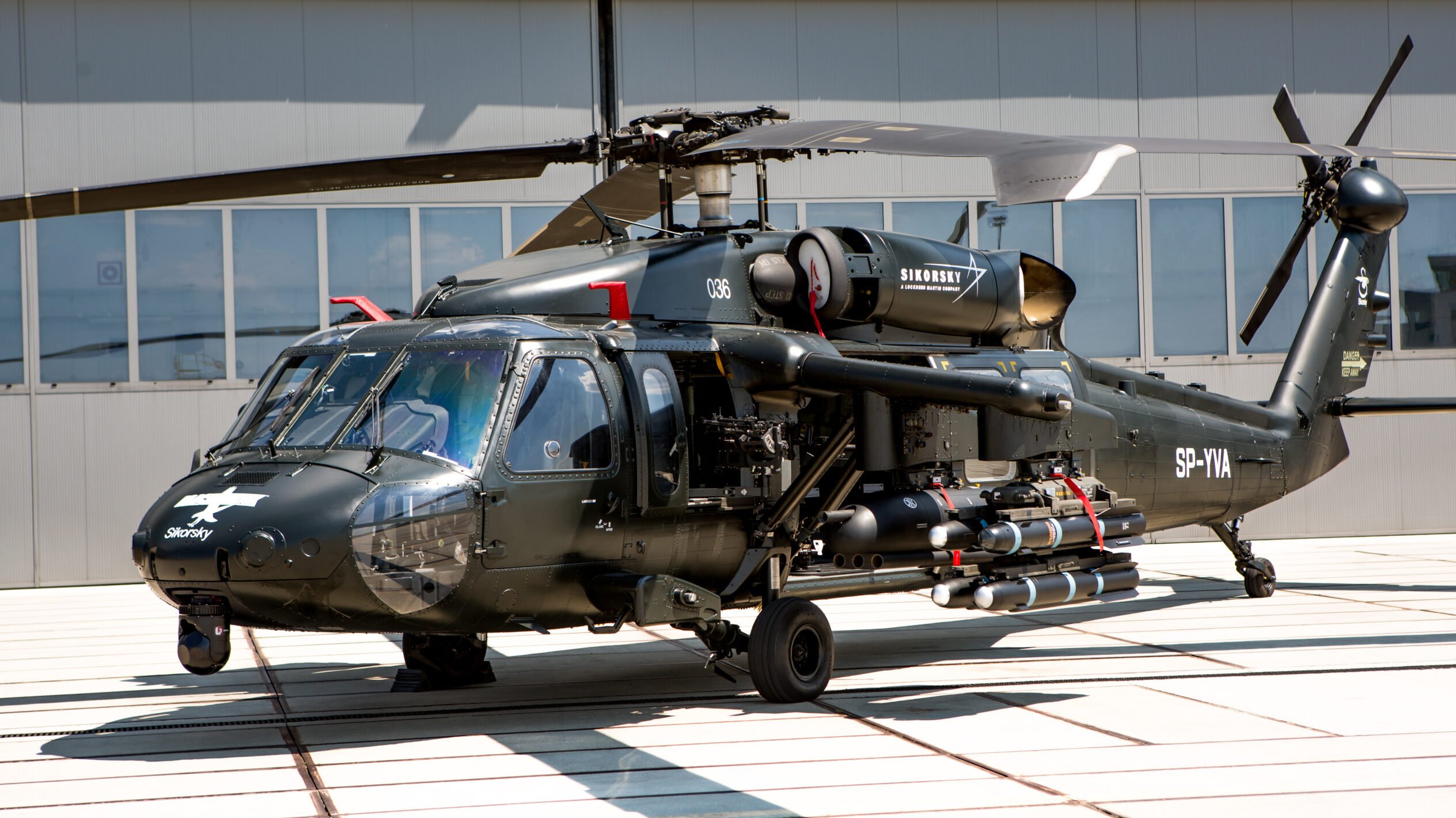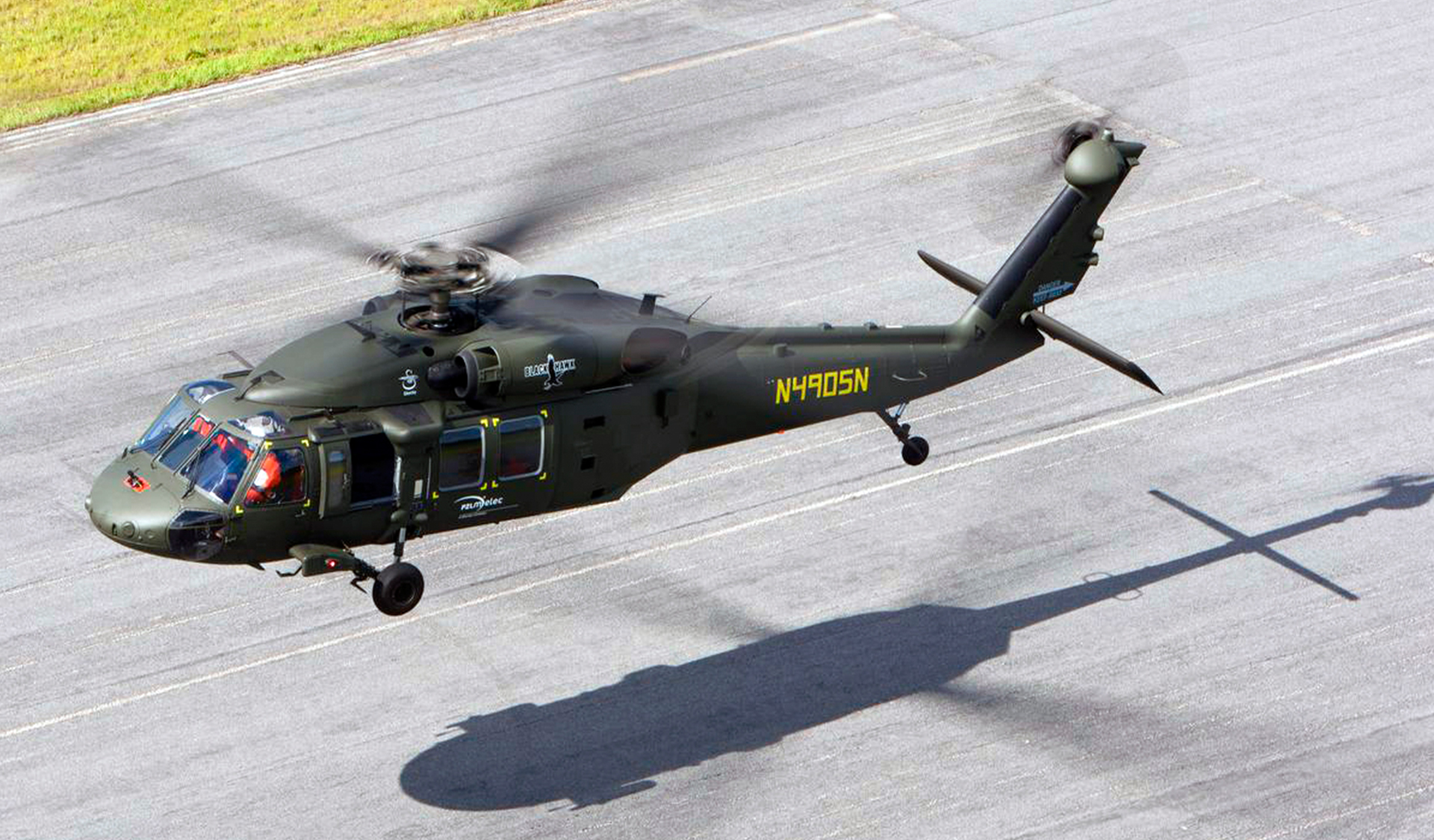How the Sikorsky S 70 Sticks Out in the Helicopter Market
How the Sikorsky S 70 Sticks Out in the Helicopter Market
Blog Article
Rotary-Wing Airplane Offering Superior Durability and Precision Engineering
In the world of air travel, rotary-wing airplane have long been acknowledged for their unique capacities in different functional settings. From armed forces goals to civilian applications, the evolution of rotary-wing technology has led the means for equipments that provide unparalleled resilience and precision design. With improvements in products and construction strategies, coupled with advanced trip control systems, these airplanes have ended up being vital tools for jobs that require both effectiveness and precision. As we discover the complex equilibrium between innovation and integrity in rotary-wing airplane, it ends up being obvious that the merging of cutting-edge modern technology and proven design concepts has actually set a brand-new standard for efficiency and performance in the aerospace sector.
Evolution of Rotary-Wing Modern Technology
Throughout the history of aviation, the advancement of rotary-wing innovation has actually been a testament to continual advancement and development in aerial design. From the early days of upright flight with primary layouts to the innovative helicopters and various other rotary-wing aircraft of today, the progression in this field has been impressive.
In the very early 1900s, leaders like Igor Sikorsky and Juan de la Cierva made substantial strides in rotary-wing innovation. Sikorsky's VS-300 helicopter, very first flown in 1939, marked a pivotal moment in the development of functional rotary-wing airplane. This success paved the means for further developments in vertical flight capacities.

Today, rotary-wing airplane play crucial duties in different sectors, including military procedures, emergency clinical solutions, police, and commercial transport. The advancement of rotary-wing innovation proceeds to push the limits of what is possible in vertical trip, ensuring that these airplane stay important assets in the aeronautics industry.
Products and Building And Construction Innovations
Demonstrating a combination of sophisticated products and exact building methods, rotary-wing aircraft have actually undergone substantial innovations in toughness and efficiency. One of the essential advancements in products utilized for rotary-wing aircraft is the raising utilization of composite materials.
Additionally, the combination of sophisticated coverings and surface therapies has played a critical duty in improving the durability of rotary-wing aircraft. These layers give protection against deterioration, abrasion, and severe climate condition, expanding the life expectancy of the airplane and reducing maintenance needs.
In regards to building and construction advancements, additive manufacturing, additionally referred to as 3D printing, has changed the manufacturing of facility components for rotary-wing aircraft. This modern technology enables quick prototyping and customization, causing much faster development cycles and reduced expenses. In general, the continuous development of products and building strategies is driving the capabilities and efficiency of rotary-wing airplane to new elevations.
Accuracy Trip Control Solution

The combination of GPS technology better boosts the accuracy and dependability of these systems, enabling exact navigation, waypoint tracking, and automated flight control. sikorsky s 70. This degree of precision not only boosts the security of rotary-wing operations but likewise improves overall operational performance and objective efficiency
Furthermore, the constant innovations in artificial knowledge and equipment discovering have actually promoted the growth of independent trip capabilities within Precision Flight Control Solution. This important source allows rotary-wing aircraft to execute intricate missions with unparalleled accuracy and consistency, making them indispensable properties in a large range of applications, including armed forces procedures, search and rescue goals, and airborne digital photography.
Sturdiness in Challenging Settings
Popular functional setups, rotary-wing airplane show phenomenal resilience and toughness, making sure optimum efficiency under tough ecological problems. These airplanes are created to hold up against a large range of ecological factors, including severe temperatures, high winds, and harsh terrain, making them well-suited for different missions in varied landscapes.
One key factor adding to the longevity of rotary-wing airplane is their sturdy construction. These airplanes are built making use of high-quality materials and progressed engineering strategies to boost their architectural honesty and dependability. Furthermore, elements such as rotor blades, engine systems, and landing equipment are meticulously developed to withstand the stresses and strains experienced throughout procedures in challenging settings.
Moreover, rotary-wing aircraft are geared up with innovative onboard systems that keep an eye on efficiency metrics in real-time, allowing for aggressive upkeep and very early discovery of possible concerns - sikorsky s 70. This proactive technique helps protect against unanticipated failures and makes certain the continued airworthiness of the aircraft sought view publisher site after functional settings. Overall, the durability of rotary-wing airplane in challenging environments is a testament to their remarkable engineering and design, making them vital assets for numerous mission-critical operations
Maintenance and Dependability Specifications
The adherence to rigid maintenance and integrity requirements is critical in making certain the ideal performance and safety of rotary-wing airplane. Regular upkeep checks, performed by qualified specialists, are necessary to determine and address any type of prospective issues before they jeopardize the airplane's performance. These checks encompass a thorough evaluation of all important elements, consisting of the engine, rotor system, avionics, and hydraulic systems, to ensure that they remain in prime functioning problem.
Furthermore, adherence to arranged upkeep intervals based on maker standards is essential for supporting the airplane's integrity. This aggressive method helps protect against unanticipated break downs and makes certain that the airplane remains airworthy for its desired missions. In addition, the execution of robust integrity criteria, such as regular element screening and replacement based on fixed lifecycles, better boosts the airplane's stability.
Final Thought

Finally, the innovations in rotary-wing airplane modern technology have actually brought about superior durability and accuracy design. With ingenious materials and building techniques, along with precision trip control systems, these airplane can operate in tough environments with raised reliability. The maintenance and reliability criteria ensure that these rotary-wing aircraft proceed to perform at their finest, making them important properties for various markets.
Demonstrating a combination of innovative materials and specific construction strategies, rotary-wing airplane have actually undertaken substantial innovations in sturdiness and performance. One of the vital advancements in materials utilized for rotary-wing aircraft is the increasing usage of composite materials.With careful focus to detail and advanced technological combination, rotary-wing aircraft his comment is here have actually embraced Precision Flight Control Solution as a cornerstone of their functional quality. Generally, the durability of rotary-wing airplane in difficult atmospheres is a testament to their remarkable design and style, making them vital assets for various mission-critical procedures.
In final thought, the advancements in rotary-wing aircraft technology have actually led to superior sturdiness and precision engineering.
Report this page